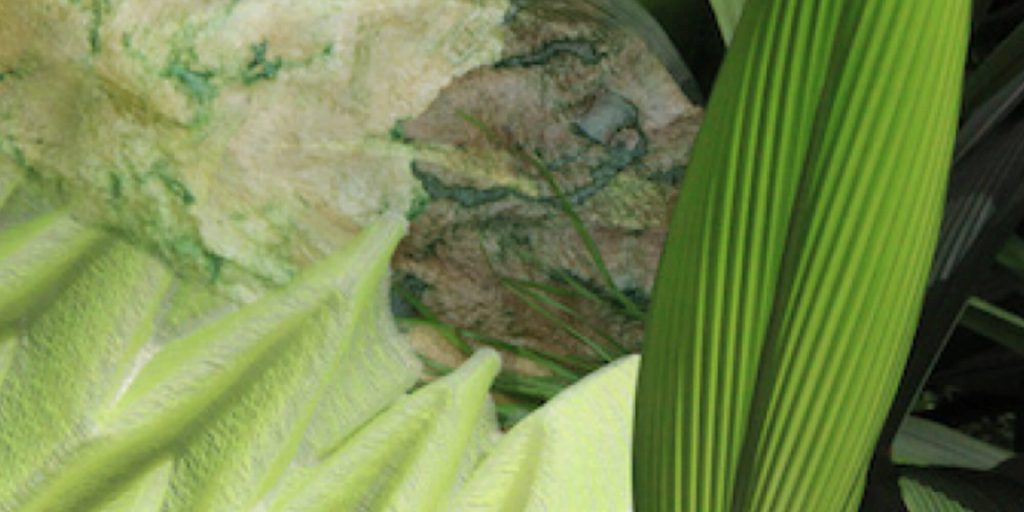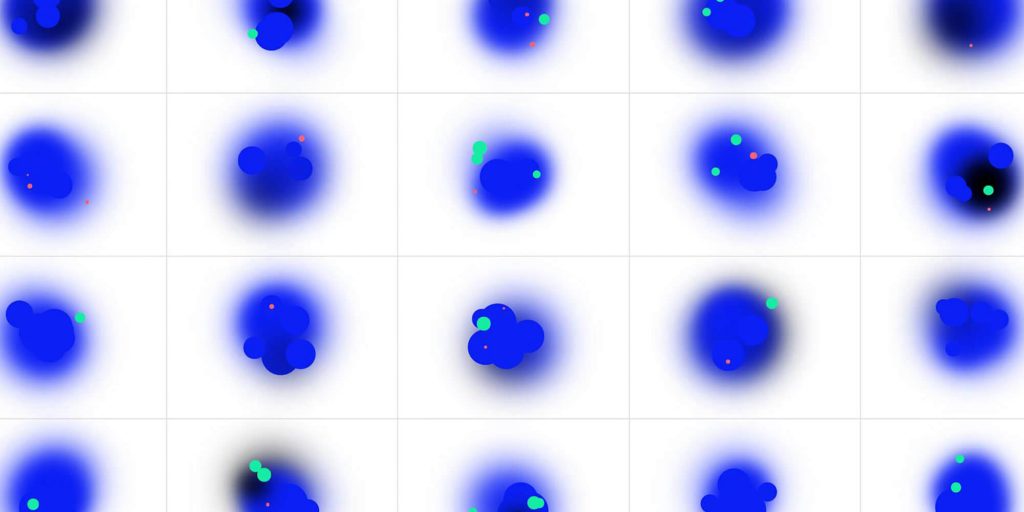LABS: Future Interiors meetup #2 (Waag & Studio Samira Boon)
Together with Studio Samira Boon, Waag’s Textile Lab is organising the second meetup for LABS: Future Interiors. The speakers for the second symposium within the series of three will be announced soon.
How can we make our indoor climate healthier by developing new materials from living organisms? And what role can designers and architects undertake to contribute to the development of healthy indoor ‘gardens’?
In collaboration with Waag and the VU Amsterdam, Studio Samira Boon is working on ‘Living Aero Bacterial Systems’ (LABS). This project focuses on a new material to improve our interiors with natural processes: a kombucha-based textile that enhances the air quality by integrating mosses and green plants.
‘Microbiology of the built environment’ approaches architecture as a metabolic micro ecology, rather than a static structure. It reveals a complex synergy between users and architectural elements, both visible and invisible. Invisible architecture is constructed of ubiquitous air inhabitants – known as airborne bacterial community. It has a major impact on interior characteristics defining air quality. As we spend at least 90% of our time within built environments, the quality of its microbial life defines the quality of our life.
Proper cultivation of microbial gardens, disrupted by artificial boundaries, could have a major potential to improve our human ‘urban indoor species’ health and wellbeing. Vegetation composition and structure according to observations play a major role in shaping indoor aerobiome. However, due to the lack of data, evidence-based guidelines for vegetation management for optimal benefits and design strategies need yet to be explored in a systematic way.
The project LABS: Future interiors investigates the spectrum of life of living materials. It conducts research into bacteria grown textiles as a substrate for vegetation to generate diverse airborne bacteria emissions indoor while altering and directing the airflow.
During the first symposium within this project, it was started a constructive conversation with different parties who have been or are working on similar topics and create a space to reflect on key points such as:
- How to cope with such living systems and their communities as a designer?
- Are they (airborne bacteria) contaminants or an essential link in the chain of urban and human metabolism?
- Can we generate dynamic and biodiverse ecosystems within confined sealed environments of buildings?


